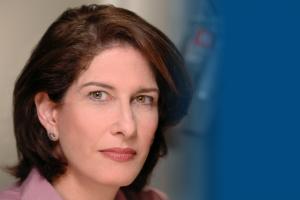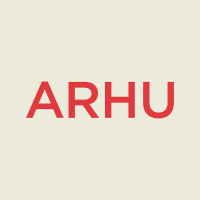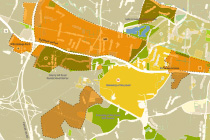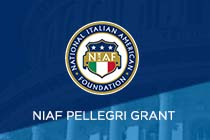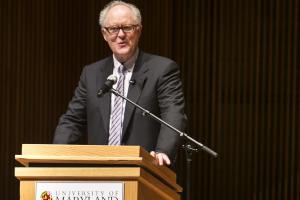COLLEGE PARK, MD -- A two-year, $517,000 grant from The Andrew W. Mellon Foundation will fund a project called “Documenting the Now: Supporting Scholarly Use and Preservation of Social Media Content.” Washington University in St. Louis, the Maryland Institute for Technology in the Humanities (MITH) at the University of Maryland and the University of California, Riverside, are collaborators on the project.
The project responds to the public’s use of social media for chronicling historically significant events as well as demand from scholars and archivists seeking a user-friendly means of collecting and preserving digital content.
As part of the project, the three institutions are developing DocNow, a cloud-ready, open-source application that will be used for collecting tweets and their associated metadata and Web content.
Twitter emerged as one of the most important channels of communication during the 2014 protests in Ferguson, Mo., when it served as a primary conduit for disseminating information. DocNow will be developed using tweets and Web content related to the events in Ferguson, resulting in a data set that can be used in research.
“The DocNow application will provide scholars with new ways of gathering and analyzing data from Twitter, which is a tremendous source of documentation on contemporary events,” said Chris Freeland, project co-principal investigator and associate university librarian at Washington University in St. Louis.
DocNow is among a growing number of applications that make social media datasets available for noncommercial, scholarly research. The app will be specifically designed to help authenticated users tap into Twitter streams to identify Web content that is of value for current and future research.
“We at MITH are honored to be partnering with Mellon, Washington University and the University of California to ensure that the documentary record around events such as the protests in Ferguson can be studied in an ethical, timely and cost-effective manner,” said Ed Summers co-principal investigator and technical lead on the project “I am specifically interested in the challenges of not only collecting and analyzing the data, but also packaging and archiving it for future use.”
Scholars on the project also seek to produce a white paper on ethical, copyright and access issues related to the collection of social media content.
Bergis Jules, co-principal investigator and community lead at the University of California, Riverside, hopes the DocNow project will be a catalyst for community building around the scholarly use and preservation of social media archives.
“Community building will be vitally important as we continue to develop standards and effective practices around the collection and access to this rich content, said Jules. “I’m excited The Mellon Foundation is supporting this project as it will be an important contribution to scholarship on social media archiving.”
###
About the University of Maryland College Park
The University of Maryland is the state's flagship university and one of the nation's preeminent public research universities. A global leader in research, entrepreneurship and innovation, the university is home to more than 37,000 students, 9,000 faculty and staff, and 250 academic programs. Its faculty includes three Nobel laureates, two Pulitzer Prize winners, 49 members of the national academies and scores of Fulbright scholars. The institution has a $1.8 billion operating budget, secures $500 million annually in external research funding and recently completed a $1 billion fundraising campaign. For more information, visit www.umd.edu.
About Washington University in St. Louis
Washington University in St. Louis was founded in 1853 as a non-denominational community of scholars and now ranks among the nation’s leaders in higher education. The university’s undergraduate, graduate and professional programs are highly regarded. Its libraries’ hold distinguished collections of rare books, manuscripts and that draw scholars from around the world. For more information about the university and its libraries, visit wustl.edu and libraries.wustl.edu.
About the University of California, Riverside
The University of California, Riverside is a doctoral research university, a living laboratory for groundbreaking exploration of issues critical to Inland Southern California, the state and communities around the world. Reflecting California's diverse culture, UCR's enrollment has exceeded 21,000 students. The campus opened a medical school in 2013 and has reached the heart of the Coachella Valley by way of the UCR Palm Desert Center. The campus has an annual statewide economic impact of more than $1 billion. A broadcast studio with fiber cable to the AT&T Hollywood hub is available for live or taped interviews. UCR also has ISDN for radio interviews. To learn more, call (951) UCR-NEWS.
Photos by Jamelle Bouie

